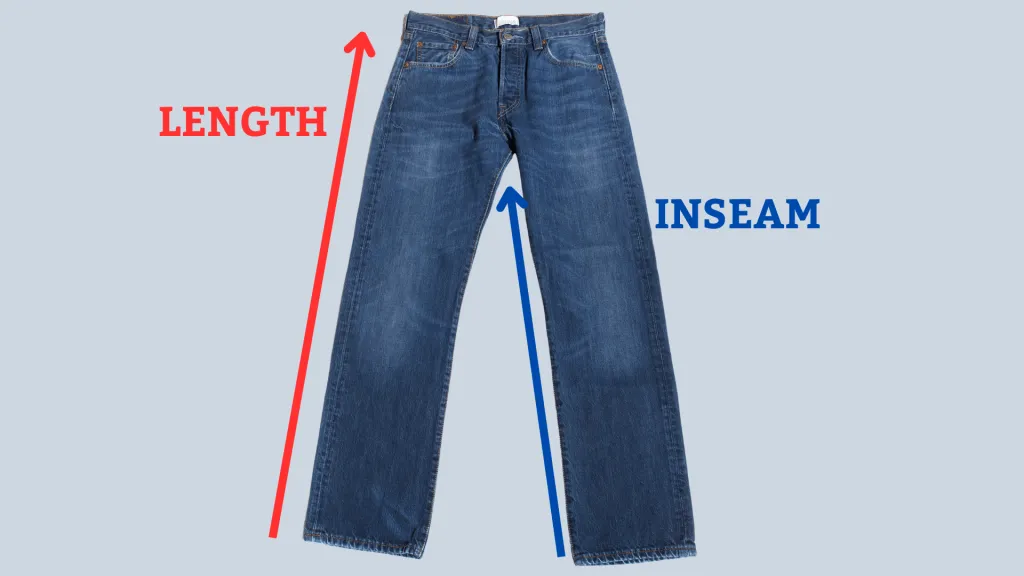No products in the cart.
Blog
What Is An Inseam?
The inseam is the measurement of the length of a pair of pants or shorts from the crotch seam (where the legs meet) down to the bottom hem of the leg. It’s an important measurement used to determine the proper length of pants, particularly for achieving a good fit. The inseam measurement is commonly used in both men’s and women’s clothing.

How to Measure the Inseam
To measure the inseam, you’ll need a tape measure and a pair of pants that fit well, or you can measure directly on the body:
- Lay the Pants Flat: If measuring from a pair of pants, make sure they are laid flat on a hard surface with the legs straight.
- Start at the Crotch Seam: Place one end of the tape measure at the point where the two leg seams meet in the crotch area.
- Measure to the Bottom Hem: Extend the tape measure down the inner leg seam to the very bottom hem of the pants.
The resulting number is the inseam measurement, typically recorded in inches or centimeters.
Why Inseam Is Important
The inseam is crucial for determining the length of pants and ensuring they fit comfortably and look proportional on the wearer. Having the right inseam measurement helps prevent issues like pants being too short (creating a “high-water” look) or too long (causing bunching at the ankle or dragging on the ground).
Common Uses of Inseam Measurements
- Tailoring: The inseam is often used in tailoring to customize pants for an individual’s height.
- Shopping for Pants: Many retailers provide inseam options (e.g., 30”, 32”, 34”) to accommodate different leg lengths. This is especially common in men’s pants sizes, where both waist and inseam measurements are often provided (e.g., 32×30, meaning 32″ waist and 30″ inseam).
- Fit and Comfort: Knowing your inseam is helpful for buying well-fitting jeans, dress pants, shorts, or workout gear, ensuring the pants are neither too long nor too short.
In conclusion, the inseam is a key measurement for determining the correct pant length, essential for comfort, style, and ensuring clothes fit properly.
